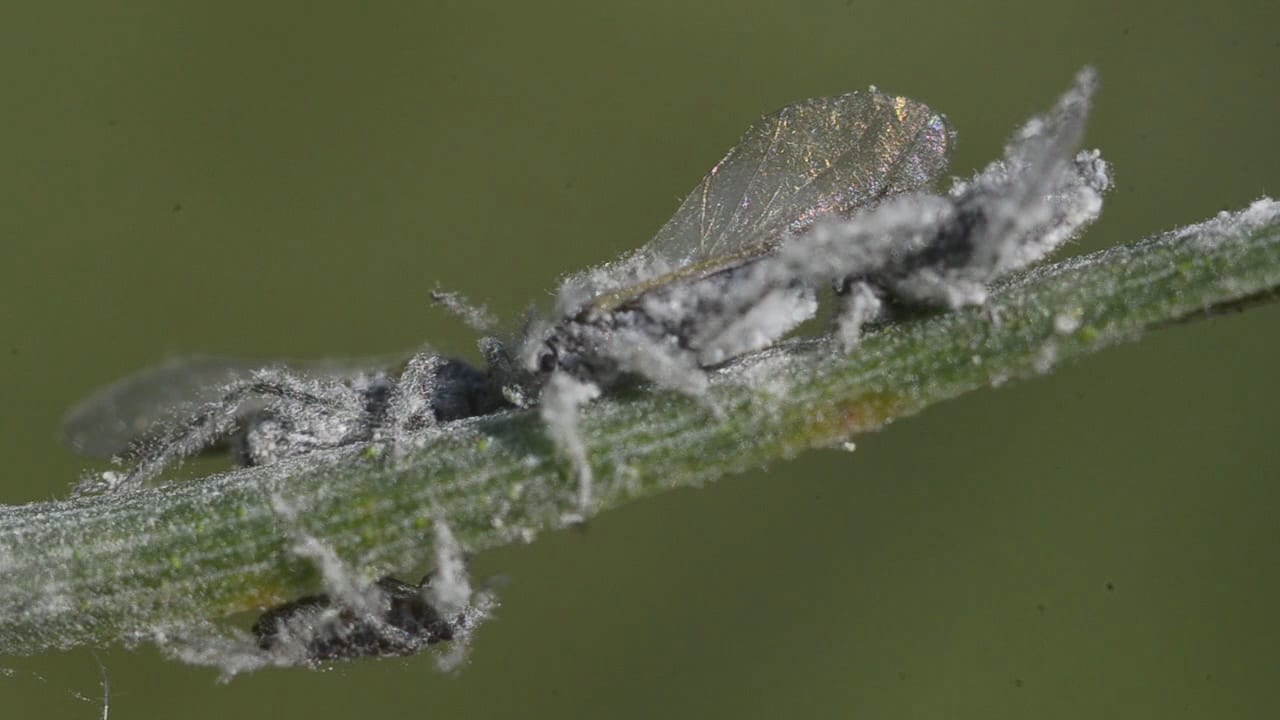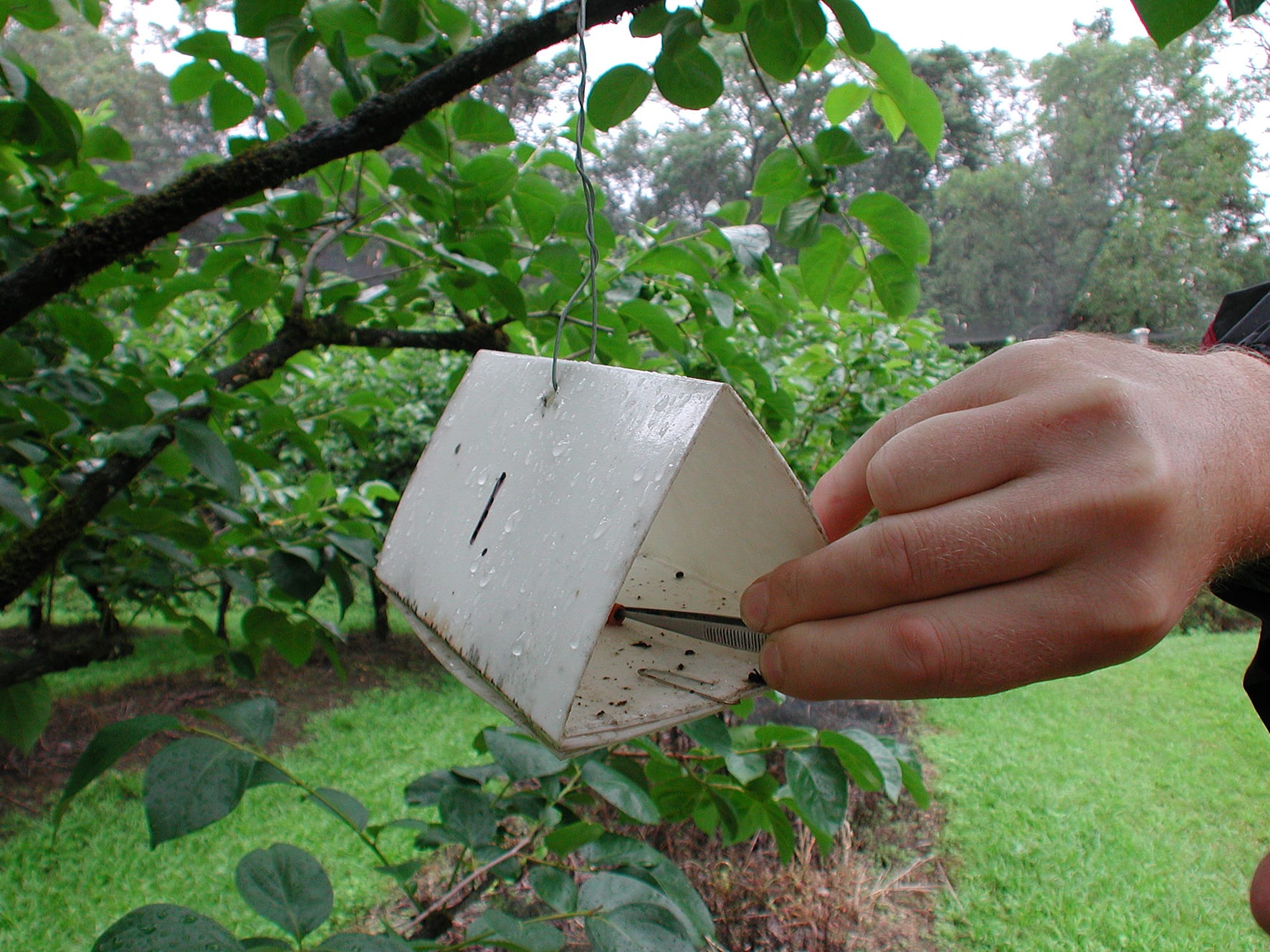Modernization and significant advancements in agricultural practices have led to the increased application of pesticides for enhancing crop yields. According to the Environmental Protection Agency, pesticides are chemicals meant to prevent, destroy, repel, or mitigate a pest, and encompass insecticides, fungicides, herbicides, and other substances that control unwanted organisms. However, when applied to the target pest, they may end up affecting the surrounding ecosystem, including non-target plants, soil microbes, wildlife, and humans. Further, pesticides leaching into water systems can disrupt aquatic life to a terrible magnitude.
Often, pesticides are released into the air and exposure, through contact with the skin or by inhalation, can lead to severe health problems for people. Also, remnants of these pesticides may end up in several food products we consume on a regular basis, such as fruits, vegetables, breakfast cereals, and beverages. While in most cases the concentrations are within the recommended safety levels, chronic exposure could lead to serious health concerns such as cancer, in addition to reproductive, respiratory, and neurological diseases.
So, safer ways to shield our plants from these notorious pests is at the forefront of many scientists' research. Recently, one of the most promising approaches that has emerged in controlling insects is through pheromones. Typically, insects use pheromones for various signalling processes, such as attracting mates, repelling enemies, and recognizing relatives. Regulation of an ant-colony system is a perfect example of a pheromone-controlled communication process, as these chemicals play an important role in foraging. Studies show that ants tend to leave higher amounts of a trail pheromone near food resources and a repellent pheromone near depleted resources as a guide for other ants. So, why not use pheromones to repel (‘push') pests away from crops and attract (‘pull') them towards traps?

The push strategy involves repelling pests away from the the crop or resource using alarm pheromones. Alarm pheromones normally function as repellents for invaders while alerting nestmates of danger. The Formosan subterranean termite, infamously nicknamed a ‘superpest', is known for its rapid infestation of wood products, large colony formation capacity, and is believed to have cost $2 billion worth of damage in North America and $40 billion globally. Interestingly, these termites are food for ants, and one study showed that these termites avoid contact with a particular species of ant. Therefore, applying pheromones from this ‘enemy' ant species near wood supplies has the potential to prevent these termites from approaching and damaging the resource.
Alternatively, the pull strategy involves luring male insects towards traps infused with female pheromones. These unhappy males do not find females, which prevents the fertilization of eggs and limits the numbers of plant-eating caterpillars. Pheromone-based traps are often target-oriented, as every insect secretes a unique pheromone that does not affect other species. Whereas conventional broad spectrum chemical pesticides have the tendency to eliminate a wide range of insects, these traps only affect a particular pest and thus protect useful insects like pollinators. Apart from traps, sensor-controlled dispensers release pheromones based on the number of male insects in a given area. Such sensors were tested in an apple orchard and targeted oriental fruit moths. The female pheromone released by the dispenser sent the males on a wild goose chase to find mates that were not actually there.

Pheromone-based pest management is a promising tool for agriculture that can avoid many of the risks and dangers of conventional chemical pesticides, and scientists are currently researching the feasibility and effectiveness of these “push-pull†methods. For instance, farm trials in Bangladesh found increased productivity in cucumber and eggplant fields that were protected by pheromone traps versus those that were not. Even more convincing, research in Brazil found that pheromone traps in citrus plantations prevented crop losses and led to pesticide use reductions worth $1.32 billion over 12 years. So far, the research on “push-pull†pest control is proving to be a win-win-win for farmers, the environment, and our health.
About the author:
 |
Hemshikha Rajpurohit is a first year Phd student in the College of Engineering, majoring in Biological and Agricultural Engineering at UGA. Her research focus is to engineer microbes using genetic tools to produce platform chemicals. Besides research, she enjoys watching Korean dramas, travelling, and cooking spicy Indian food. |
About the Author
-
athenssciencecafehttps://athensscienceobserver.com/author/athenssciencecafe/April 17, 2020
-
athenssciencecafehttps://athensscienceobserver.com/author/athenssciencecafe/April 12, 2020
-
athenssciencecafehttps://athensscienceobserver.com/author/athenssciencecafe/April 3, 2020
-
athenssciencecafehttps://athensscienceobserver.com/author/athenssciencecafe/March 30, 2020







